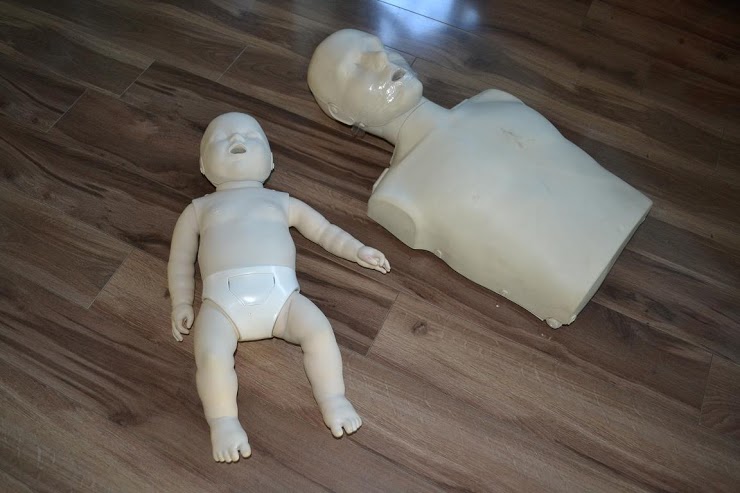
Individuals of seizures may be put into two unique different types. Convulsions can take place once in a lifetime out of a dramatic blow and / or strike to the top of the head. When an affected person has recurring convulsions then the affected person is probably epileptic. People which happen to be epileptic are commonly conscious of the disorder and may be medicated to reduce the severity and / or rate of recurrence of the convulsion instances.
When working alongside kids that are vulnerable to seizures it’s important to keep good communication together with the parents and caregivers for the adolescent. Make sure you ask the parents or caregivers whether the child has got any specific triggers for the convulsions and how to prevent the start and rate of recurrence for the convulsions. Some individuals can also be cognizant if the episode is about to occur thus I would certainly propose putting a strategy in place in the event that young children inform you as well as your employees when they think an episode or attack is oncoming. Several patients can anticipate an episode and offer a warning for as long as a minute. The perfect instance is if your child tells the employees of an oncoming seizure and then goes in the optimal body placement and location. The optimum position is by having the student lay flat on his or her back, without any pieces of furniture or materials close to the person in order to avoid personal injury. If possible use a blanket or pillow behind the patients head to be able to stop the head from hitting the ground too forcefully.
If the student has a attack without warning I recommend you efficiently set the child on the ground and move any furniture beyond the child to allow the limbs and the entire body to move easily without striking everything. Do not attempt to constrict the individual when the attack is occurring. You Should Not place something into the patient’s mouth as it will probably turn into choking danger. The rescuer(s) also need to focus on protecting the youngsters head by putting a towel supporting it. If none are attainable place both your hands supporting the individual’s head (with palm’s up) to protect the head from hitting the surface.
The convulsions are likely to stop in less than a minute or so. The affected person may be unconscious following a attack so it will be vital the rescuer to look for the child’s vitals and treat accordingly. In the instance that vitals are missing get hold of 911 straight away and commence CPR. If your affected individual awakens out of the seizure you shouldn’t expect her or him to be perfectly aware and conscious shortly after. Expect the person to remain confused and disoriented for up to one hour after the episode. Observe the child and when the person’s predicament doesn’t improve speak to 911. Staff should also be aware of and tend to all other personal injuries as a result of the seizure episode.
Should this be the very first seizure episode and / or if the person is not subject to convulsions get in touch with 911. I recommend also make contact with the caregivers and inform them of the scenario. Good communication between your staff members, adolescents along with the caregivers is crucial in appropriately taking care of individuals which can be at risk of convulsions.
If ever the circumstance fails to improve or if perhaps the individual’s condition fails to improve get in touch with emergency medical services.
For more information about treating seizures and other first aid emergencies with children enrol into childcare first aid training. Candidates enrolled in childcare first aid will learn about a number of different first aid topics and will learn basic CPR rescue skills for adult and child victims. All childcare first aid programs offered through our providers are certified through St Mark James.

